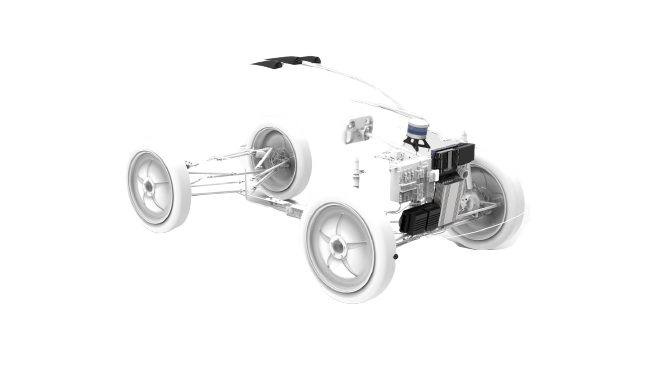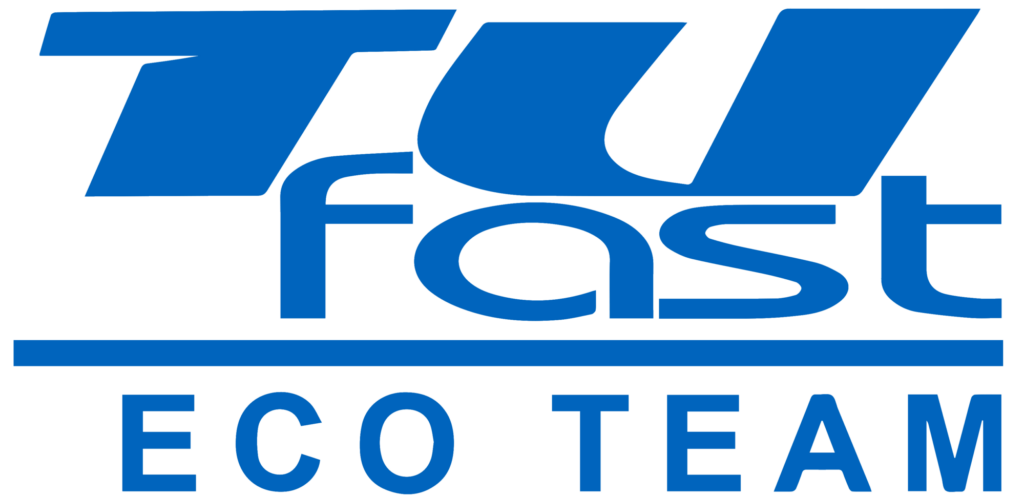OUR VEHICLE FROM 2019
Urban mobility of tomorrow – this topic is currently at the centre of society. With the vehicle muc019, the student team of the TU Munich contributes its ideas and possibilities for electric mobility.
Following the two successful Urban Concept cars muc017 & muc018, the latest model offers the first two-seater with a vehicle weight far below 100kg, designed for urban traffic of approx. 50km/h. Based on muc018, a modular, autonomous system was also planned here to allow for future developments. This combines efficiency, suitability for everyday use and technical innovation in one vehicle and shows what our mobility could look like in the future.
Key Data
Load-bearing carbon fiber composite monocoque
Length: 2.5m
Mass (ready to drive) in kg
0
Maximum speed in km/h
0
Two electric motors in the steered front axle
Lithium polymer batteries:
- Competition battery: has a capacity of 190 Wh and a range of 25km
- Battery for test/ for autonomous operation: has a capacity of 480Wh and a range of 64km
With efficiency value from the Shell Eco Marathon (130.4km/kWh)
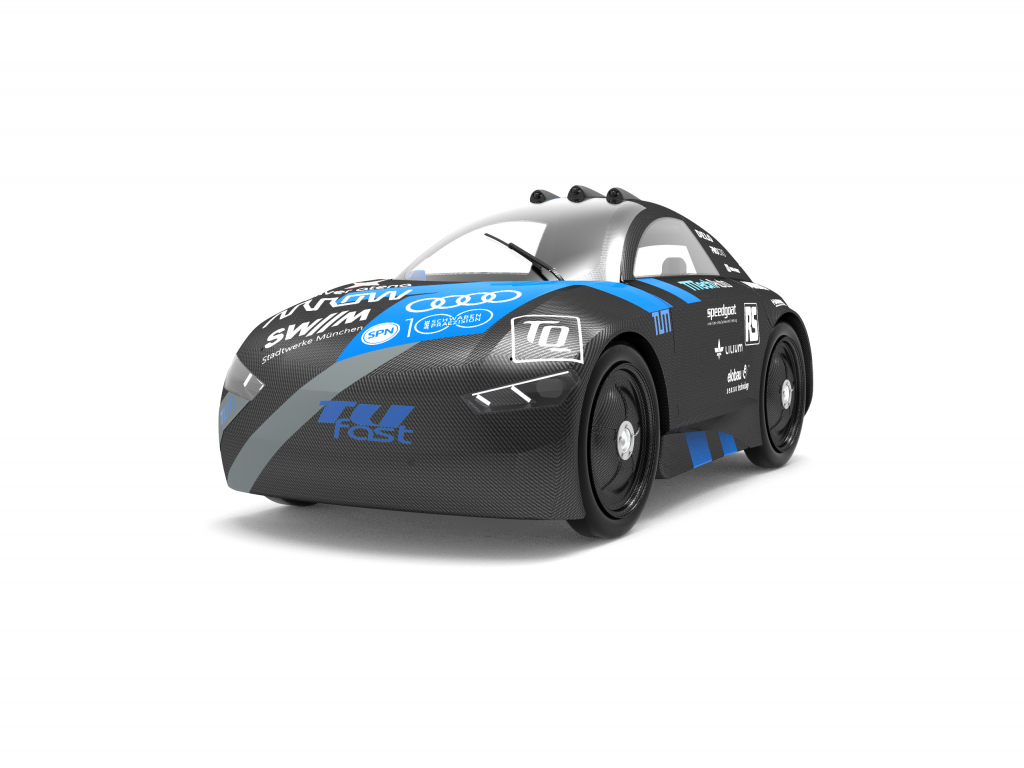
Power Train
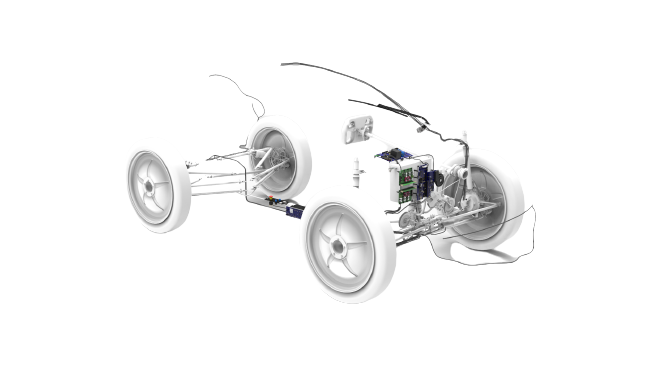
Motors: permanent-magnet synchronous motors
Self-developed GaN-Inverter
Maintenance-optimized, plug-in PCB design
Cable-reduced design (total 33m)
E-paper memory display as GUI
CAN and Bus for communication between control units
Self-developed motor controller
Communication via CAN
Nominal power in W
(2x430W)
0
Chassis
Innovative package, complete drive train in the front end, spacious interior and luggage compartment
Entire body in carbon fibre composite construction and use of novel joining methods
Closed and load-optimized monocoque, one-piece sandwich structure
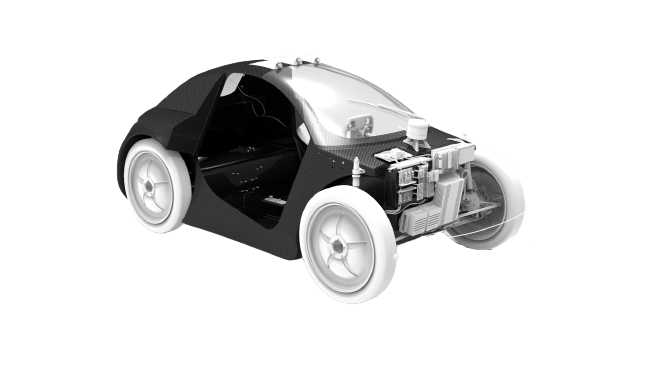
Non-structural, aerodynamic components such as multi-part front end, doors, underbody panelling and rear spoiler
Self-manufactured CFRP-parts with requirement-oriented processes (MTI, VAP, prepreg autoclave)
Suspension System
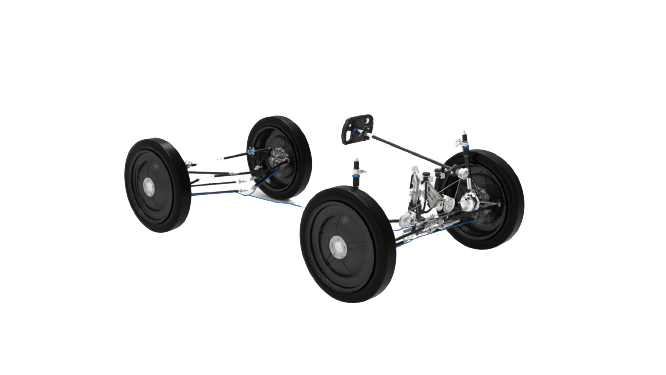
Organic, topology optimized scalmalloy-uprights
MacPherson front axle with elastokinematic suspension and damping
Double wishbone rear axle with air suspension and hydraulic damping
Cable operated steering system
Four hydraulic disc brakes
Autonomous
Perception on the basis of sensor fusion
Modular integration into the platform
Specialized components depending on the application
Sophisticated software architecture to support fast development cycles
Neural networks trained on tens of thousands of images
Improved trajectory planning with better support for dynamic scenarios and more complex manoeuvres
More extensive testing through the use of continuous integration and multiple Simulation Pipelines
